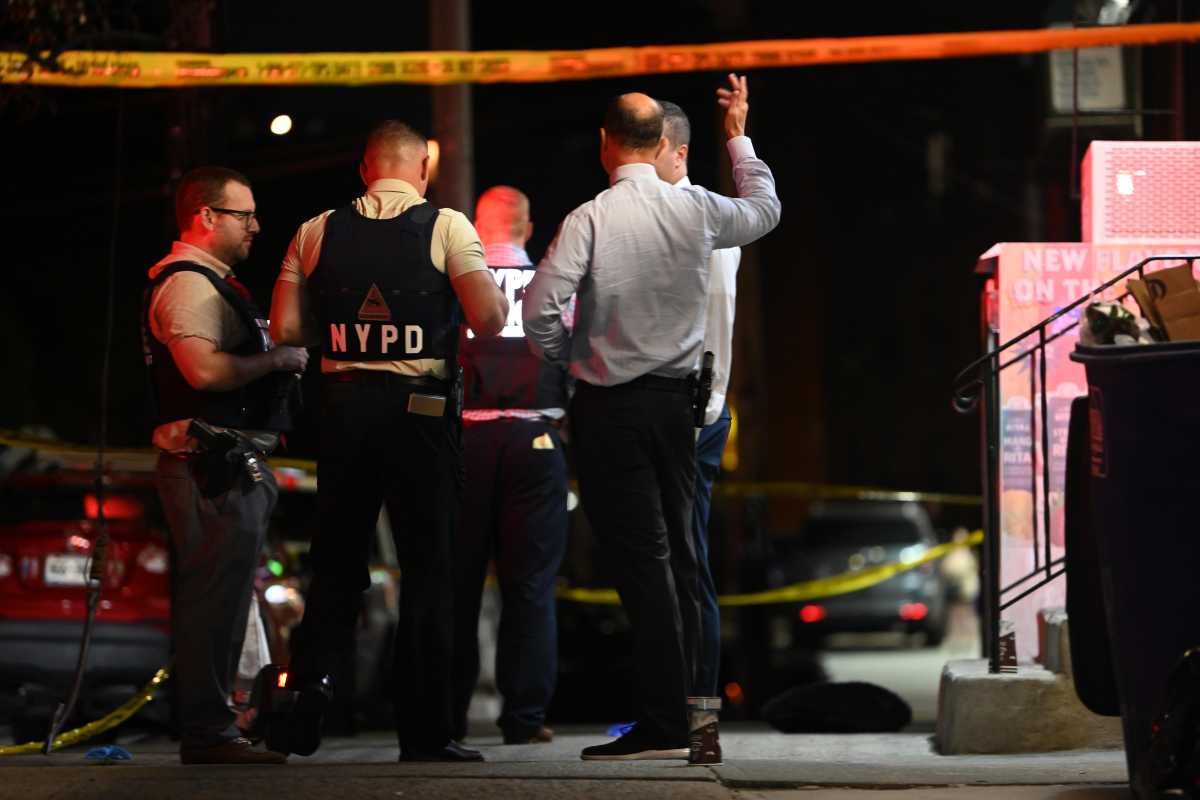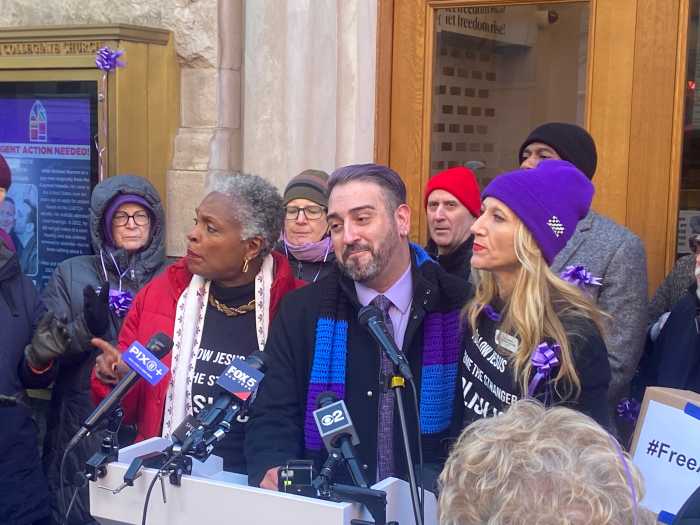The Department of Transportation (DOT) is set to begin overnight lane closures on Manhattan’s FDR Drive on June 24 as crews begin a summer-long resurfacing project to address wear and tear on the busy roadway between 96th and 125th streets.
The milling and repaving works will take place over a nearly two-month period, on weeknights from 11 p.m. to 5 a.m., with traffic reduced to a single lane in active construction zones.
The resurfacing is scheduled to continue through mid-August, weather permitting, and will be completed in six five-night segments, according to the DOT.
Northbound repairs are due to begin June 24 at 96th Street, moving northward, while southbound resurfacing is expected to begin in early August at 125th Street before progressing south.
“The FDR is a well-used roadway getting New Yorkers to and from Uptown, Washington Heights/Inwood, and The Bronx,” said NYC DOT Commissioner Ydanis Rodriguez. “Its popularity brings a lot of wear and tear, and I am glad to announce that this summer, NYC DOT will be returning to repaving the roadway for the first time in a decade.”
The DOT is advising late-night motorists to avoid the area during the construction hours to prevent delays. The affected portion of the FDR Drive was last resurfaced in 2015.
The DOT’s resurfacing schedule is as follows, subject to change:
– June 24–27 (northbound)
– July 14–18 (northbound)
– July 21–25 (northbound)
– July 28–Aug. 1 (southbound)
– Aug. 4–8 (southbound)
– Aug. 11–15 (southbound)
The pothole works on the FDR follows a January 2025 report by TRIP, a national transportation research nonprofit, which found that NYC drivers pay an estimated $694 annually in additional vehicle operating costs—including expenses from tire wear, vehicle repairs, and excess fuel, due to rough pavement and deteriorated streets.





































